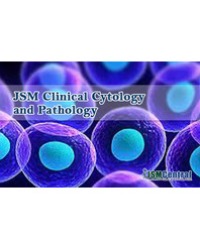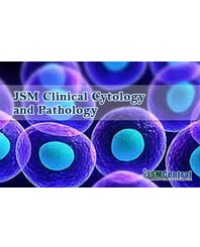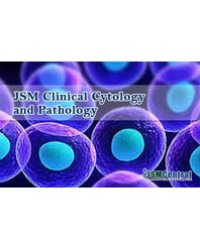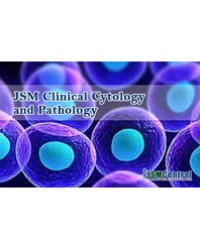Intrapericardial Diaphragmatic Hernia (IDH) is the rarest type of adult diaphragmatic hernia and colon obstraction. Only a few cases have been reported. Blunt trauma has been implicated in most cases, but few cases were reported from a stab wound to the anterior chest. Patients presented immediately or up to 15 to 20 years following trauma with symptoms which include of: intermittent bowel obstruction, strangulation, cardiac dysfunction, dyspnea, palpitations, and even cardiac tamponade. The most unusual site for a diaphragmatic hernia to occur is through the central tendon of the diaphragm into the pericardium. Physical findings included bowel sounds in the chest, decreased heart and lung sounds, and an absent point of maximal cardiac impulse. We present the case of a 67-year-old man who suffered a bowel obstruction when the transverse colon and omentum became incarcerated in the intrapericardial cavity from diaphragmatic hernia. Defect presumably resulted from blunt chest and abdominal trauma received six month earlier. Laparatomy is the preferred approach to surgical repair of IDH. Since the symptoms referable to adult IDH can be incapacitating or life threatening, herniorrhaphy should be performed promptly upon diagnosis. In this very rare case with delayed presentation of intrapericardial diaphragmatic hernia, we want to review the symptoms, recommendations of evaluation and the best approach of treatment and outcome of treatment.
Manouchehr Aghajanzadeh*, Seyedali Jalali, Hossein Hemmati, Mohammad Sadegh Esmaeili Delshad, and Piroze Samidost





